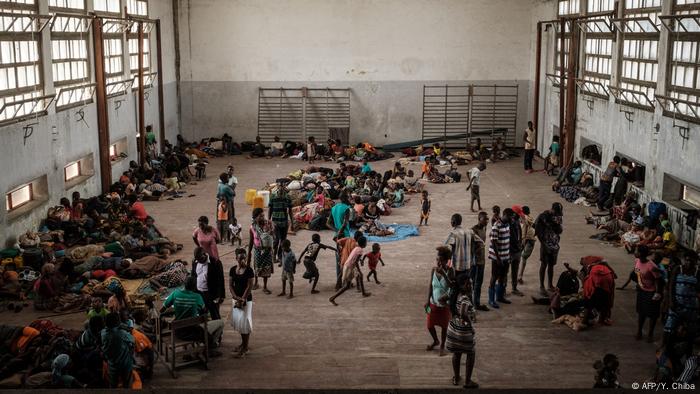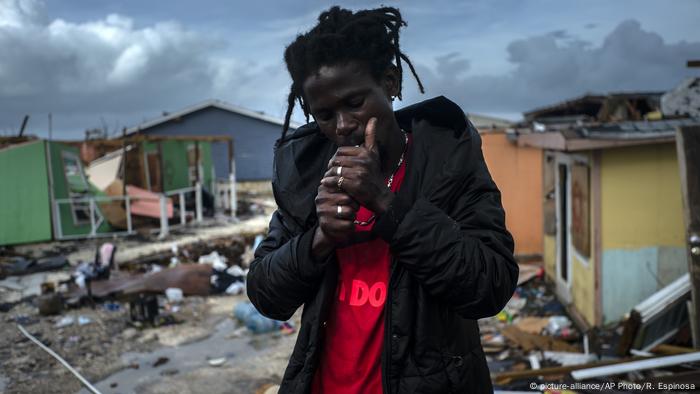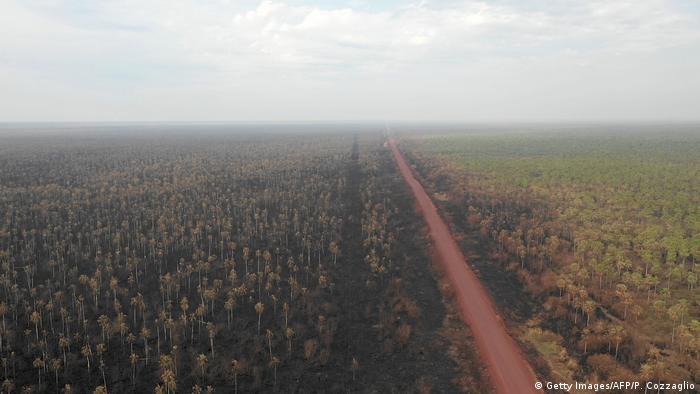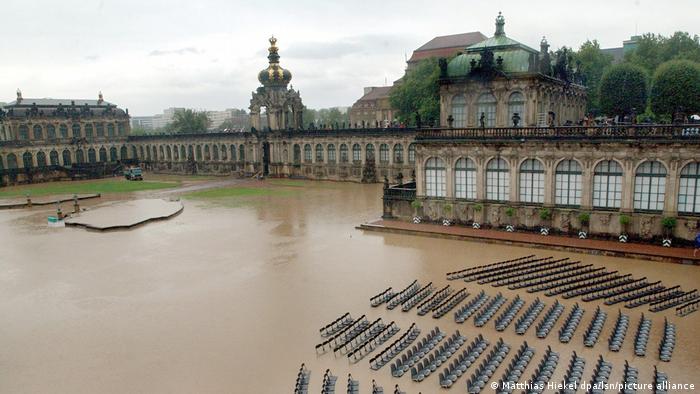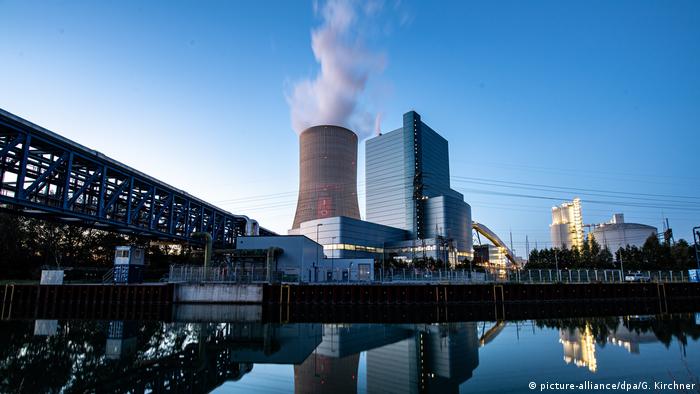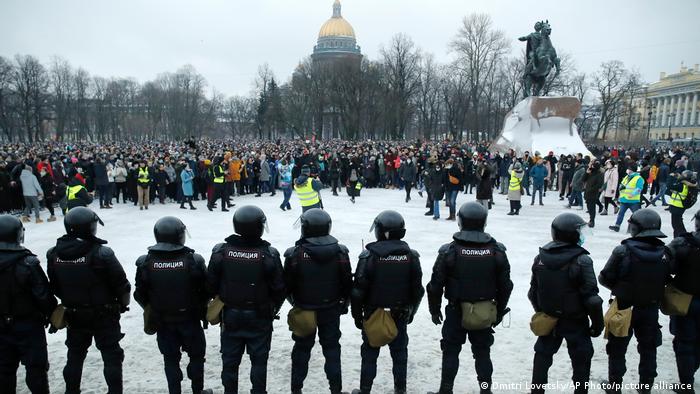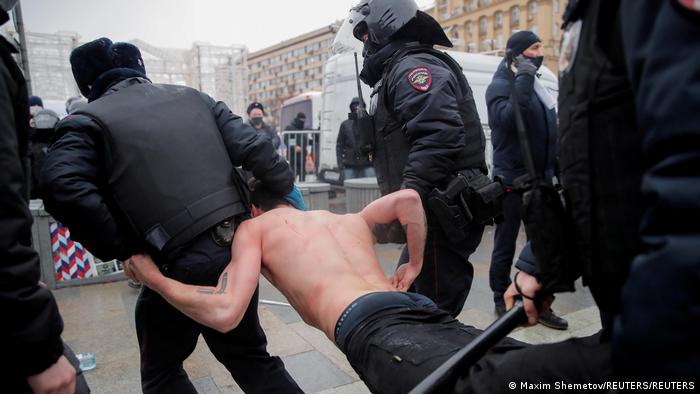
© Provided by Financial Post Steel pipe to be used in the oil pipeline construction of the Canadian government’s Trans Mountain Expansion Project lies at a stockpile site in Kamloops, British Columbia.

Good morning!
Canada’s pipeline sector was shaken up by U.S. President Joe Biden’s decision to nix TC Energy Corp.’s Keystone XL pipeline, but don’t write off the industry — and TC Energy — just yet, analysts say.
RBC Dominion Securities Inc. analyst Robert Kwan argues that a decade-long cliffhanger surrounding KXL’s construction was weighing down on TC Energy’s stock and its cancellation ‘cleans up the story’, as it allows investors to focus on the company’s other businesses.
“From a financial perspective, we calculate a modest reduction in EPS (earnings per share) associated with ceasing the booking of capitalized interest, partially offset by not recording non-controlling interest expense associated with the Alberta government’s funding,” Kwan wrote in a note for clients on the weekend.
The Alberta government had committed $1.5 billion to the project last year, with another $6 billion in loan guarantees.
While the analysts’ optimistic notes present a less than bleak picture, the industry now has one less route to the market. Expect environmental groups to turn their attention to the federally-funded Trans Mountain pipeline and Enbridge Inc.’s Midwest pipelines such as Line 3 and Line 5.
Citibank notes that Canadian oil producers don’t need any increase in pipeline capacity, at least over the next two years.
“We remain WCS (Western Canada Select benchmark) bulls and do not see President Biden’s cancellation of KXL as a material headwind to our 2-year view,” wrote Prashant Rao, analyst at Citibank.
However, if Enbridge’s Line 3 expansion and Trans Mountain expansion fails to materialize, “we see the potential for a return to Canada’s historic egress crunch come 2023, but note that Alberta’s authority to resume issuing production quotas remains in the background throughout,” Rao added.
Scotiabank analyst Robert Hope believes that while the KXL cancellation could impact TC Energy’s growth prospects, it also removes a large equity funding requirement and should help the company de-lever.
“TC Energy’s shares have under-performed its peers since the fall, which we attribute to the loss of KXL, but also a flow of funds from TC Energy, which we view as the lowest risk name in the energy (space), into companies with more torque to higher oil prices,” Hope noted. “We view TC Energy as a high quality name at an attractive valuation at a 2021 PE of 13.5x and free cash flow yield of 10.2 per cent. With KXL behind them we believe the narrative on the shares could improve.”
TC Energy’s shares closed $56.39 on Friday, stable after closing at $56.57 per share a day before Biden’s executive order killed the project. Scotiabank has a 12-month target price of $69 on the stock, albeit lower than the $72 per share previously.
BMO Capital Markets also remains optimistic about the prospects of Canadian midstream companies such as Enbridge, TC Energy and Gibson Energy Inc., with the caveat that greater focus on carbon reduction could see profit margins being squeezed over the long term.
“The more aggressive carbon-reduction Net Zero (1.5°C) scenario appears to be already reflected fully in the share prices of GEI (Gibson), ENB, and TRP, but points to 20 per cent downside from current levels for the other midstream companies,” such as Keyera Corp., Inter Pipeline Ltd. and Pembina Pipeline Corp.
“That said, we view the most damaging Net Zero scenario as somewhat of an unrealistic outcome given it would require significant cost and change in societal preferences,” BMO analyst Ben Pham wrote in a note.
Also remain on the look out for consolidation news. Calgary-based investment bank Peters & Co. expects mergers to continue to play a larger role in TC Energy’s growth path, as the company aims to maintain its 5-7 per cent annual growth path.
In addition, the new Biden Administration’s efforts to restrict U.S. production, such as the temporary bans of new oil and gas leasing, could curtail American crude energy production, providing an opening for Canadian fossil fuel products.
“Against a backdrop where we could see U.S. natural gas demand move higher driven by environmental regulations(e.g., coal-to-gas switching), this has the potential to be positive for Canadian production, particularly natural gas,” RBC’s Kwan said.









